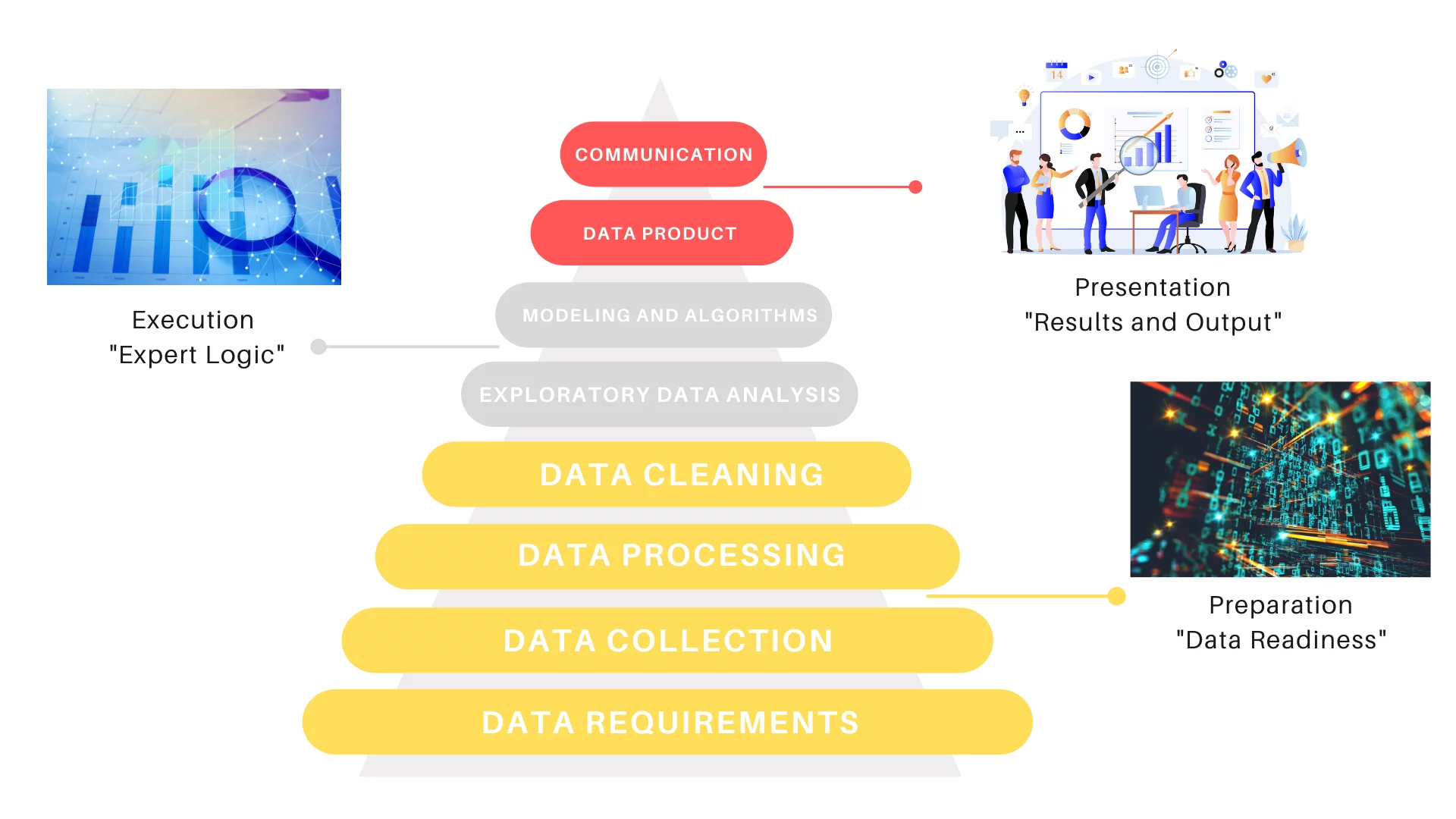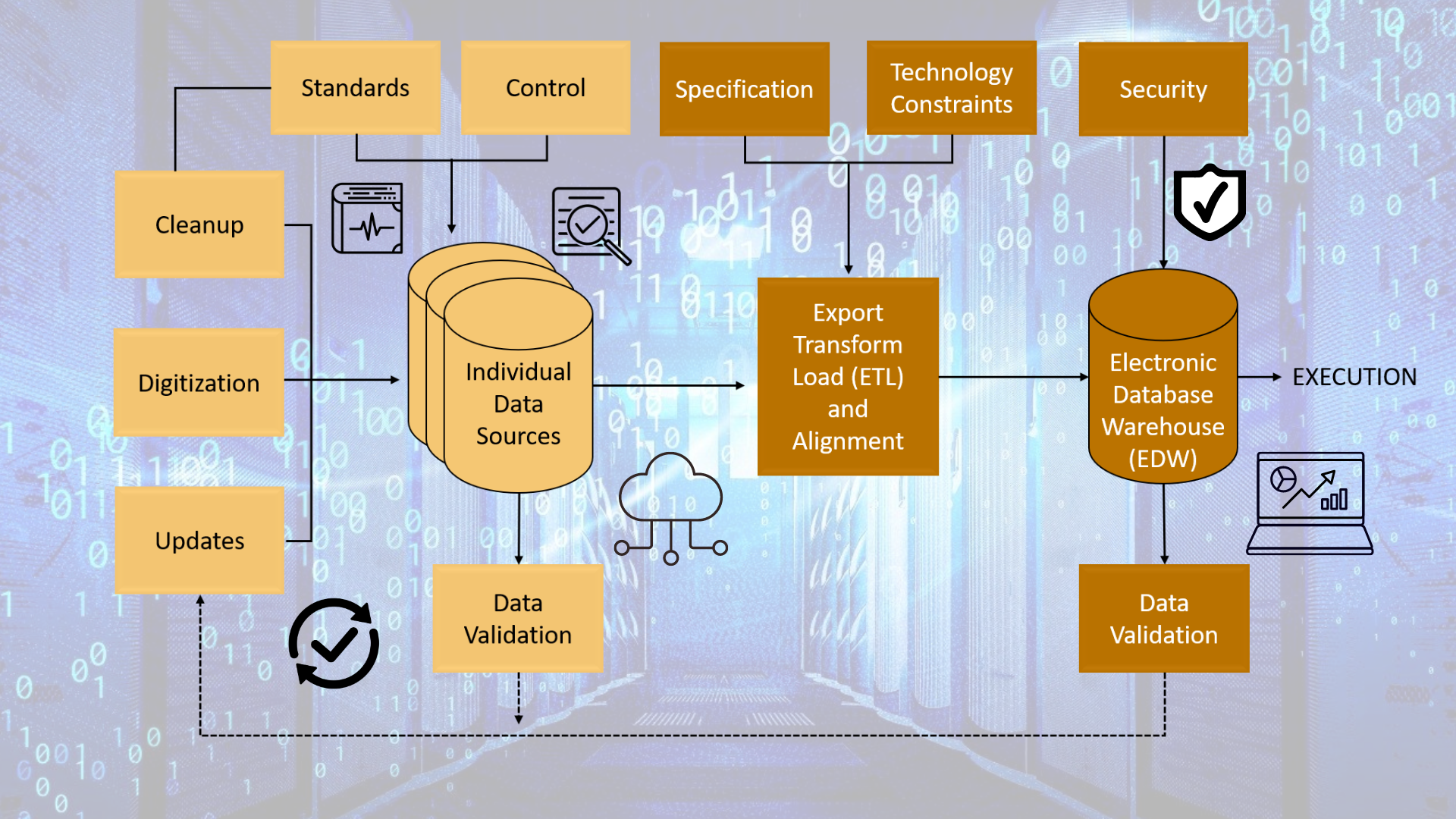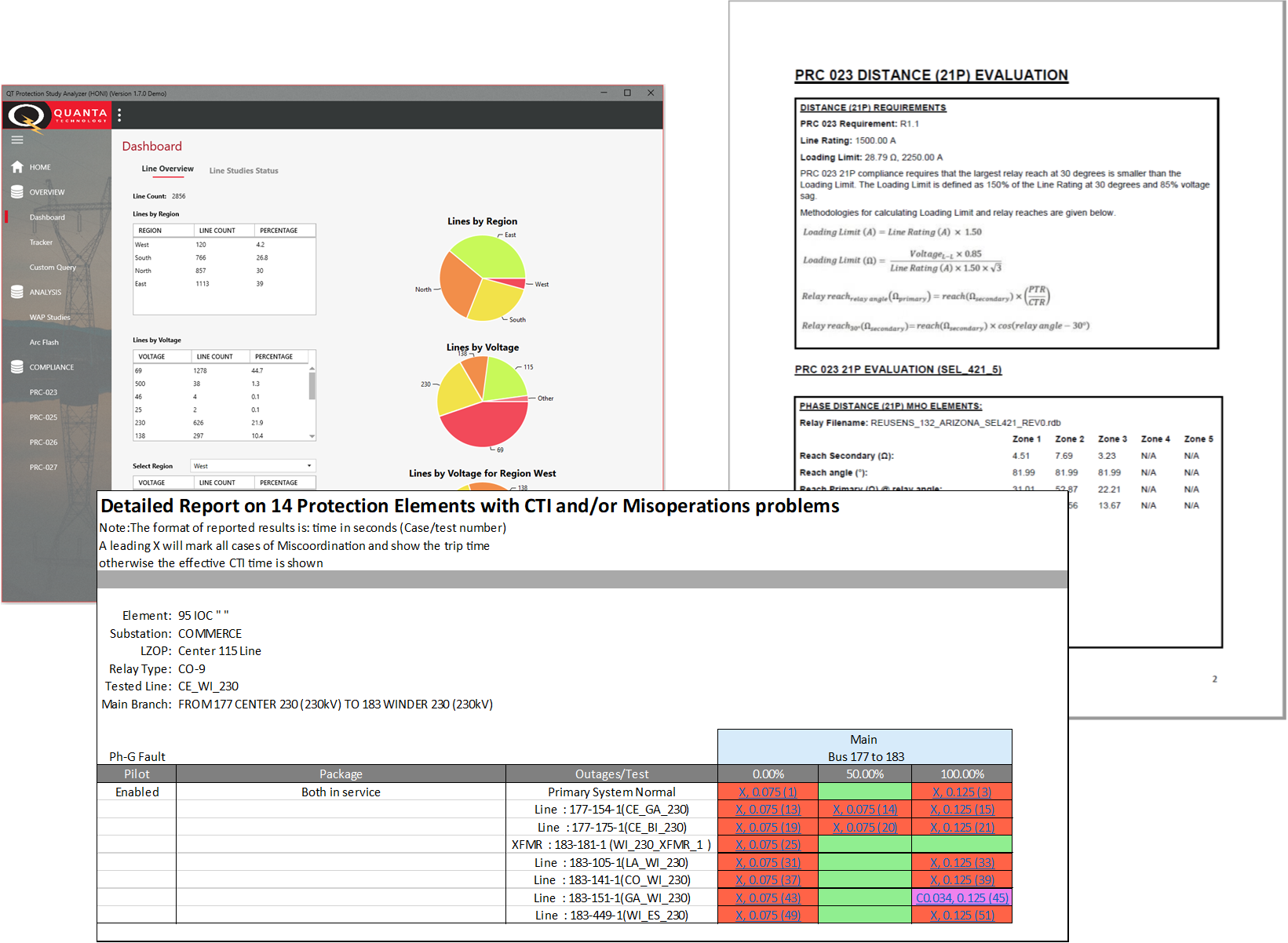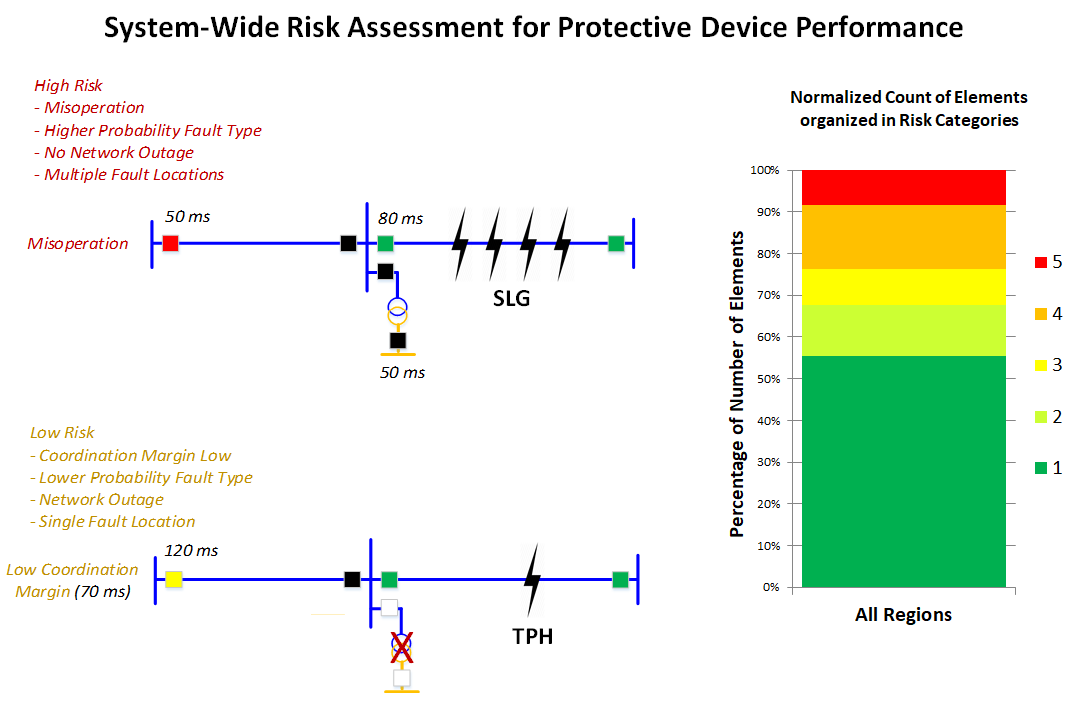By Chad Abbey
This is the second post in our series on data analytics for electric utilities and the power system. In this post we explore the steps for implementing a data analytics initiative, which entails a process for data preparation, execution, and presentation. These steps follow a strategic analysis of data science opportunities, including initiative identification and prioritization to align with business objectives. While the steps described in this post are somewhat generalized, additional specific examples of electric utility data analytics applications are available here.
Implementation of Data Analytics
The implementation of data analytics is typically comprised of eight stages, each representing one major task in the implementation process. These tasks are organized into three broad functional aspects, each with their own unique requirements and considerations.
Preparation Aspect
The Preparation aspect focuses on data readiness and is comprised of the tasks that define, collect, transform, and validate the data required for the study or analysis. This aspect typically involves elements and considerations such as:

- Gathering the data required for the analysis from multiple individual sources, which can include both field and recorded data such as asset management systems, device settings and configuration records, system performance metrics, and equipment technical parameters. Often, the data may need to be digitized into machine-readable form, which can present significant engineering resources and effort.
- Alignment and transformation of the data from the recorded format into forms that can be utilized by the analysis tools or applications. This concept known as Extract, Transform, Load (ETL), typically involves a variety of data spread across multiple sources, and can require detailed knowledge of engineering functions and formats, including methods of access and interpretation for manufacturer-specific proprietary information. The initiative can leverage data lake technologies, should these foundational technologies exist, otherwise direct extraction from raw data warehouses is used.
- Verification of the data for integrity, consistency, completeness, to ensure quality of inputs to the analysis. The drive for integra
- tion of data processes presents an opportunity for validation checks to be conducted through software automation, where vast amounts of data can be checked quickly and
accurately according to pre-defined logic indicating errors or issues. - Consolidation of the data into one package can be required depending on the application. This typically takes the form of a simulation or Electronic Data Warehouse (EDW) platform through which the studies or analyses will be conducted.

Ideally, these separate elements would be integrated into a unified process, linked through software-based automation processes to enable seamless flow of data between repositories and applications. The inherent benefits of automation ensure consistent implementation and reduction of burden on engineering resources. Quanta Technology offers industry-leading solutions for the data readiness aspect, with emphasis on process integration with the assistance of software-based automation tools to improve efficiency and accuracy.
Execution Aspect
The Execution aspect focuses on performing the study or analysis through development and utilization of the applicable theories, algorithms, and processes. This aspect requires extensive industry expertise covering both the problem being studied as well as established and novel methods of addressing the concern, including advanced machine learning (ML) and artificial intelligence (AI). The specific requirements and methodologies that comprise this aspect depend heavily on the area of study and can involve enormous data sets that may call for specialized hardware solutions.
Quanta Technology’s engineering experts are highly respected in the power systems industry with reputations for delivering cutting-edge, but practical solutions for both existing and emerging concerns. The extensive experience, knowledge, and innovation of our experts is the core driver behind the successful development and execution of these studies and analytics made possible by the increasingly available modern power system data.
Presentation Aspect
The Presentation aspect focuses on effective communication of the study or analysis findings and represents the end product of the data analytics process. Depending on the application, this aspect may take the form of reports for performance, planning, or compliance studies, interactive applications for routine ongoing analytics, or even communications and control actions if analytics are directly integrated into the hardware feedback loops. The outputs of the process can also plug into dashboards used across the organization, such as PI Vision, PowerBI or Tableau.

Quanta Technology’s approach to data analytics involving integration and software-based automation enables the automatic generation and presentation of technical summary or formal documentation as outputs of the process to deliver business insights and ensures realization of value for all stakeholders. The reports or dashboards are tailored to the requirements of our partners and leverage industry-standard data presentation packages to smoothly integrate with existing infrastructure.

